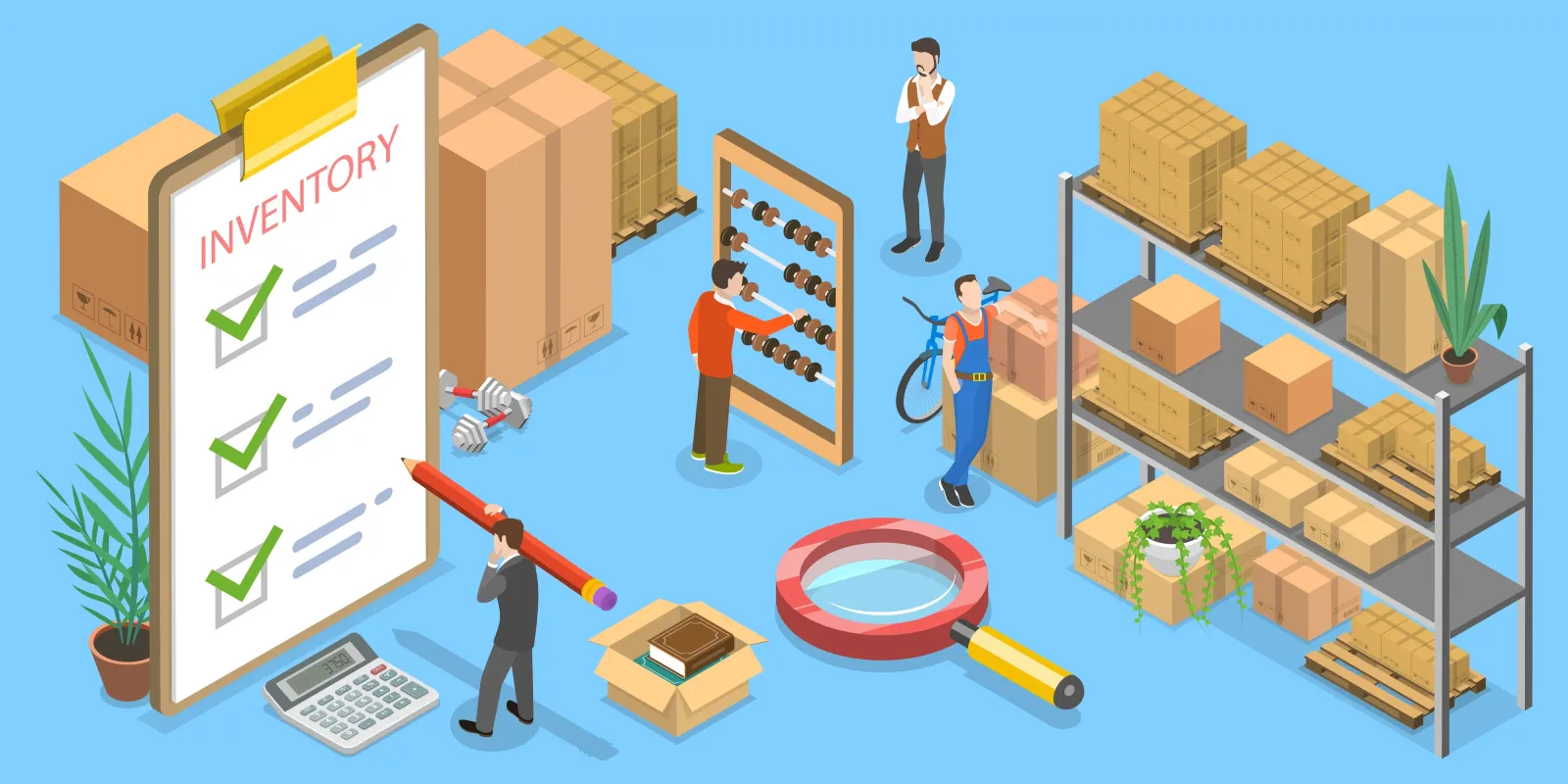Real-Time Visibility and Beyond: Supply Chain Innovations in Healthcare Logistics
Healthcare logistics has always been a critical area of operations, especially as the global demand for medical supplies, medications, and equipment continues to grow. Recent advances in supply chain technology have transformed how healthcare logistics are managed, with real-time visibility emerging as a key factor in improving efficiency and patient care. From tracking shipments to predicting potential disruptions, innovations in logistics are enabling healthcare providers to stay ahead of demand while ensuring the timely delivery of critical products.
The Importance of Real-Time Visibility in Healthcare Supply Chain Logistics

Real-time visibility in healthcare logistics refers to the ability to track and monitor shipments, deliveries, and the condition of goods throughout the entire supply chain. This level of insight is particularly valuable in healthcare, where delays or errors can have serious consequences.
Enhancing Tracking and Monitoring Capabilities
Real-time tracking allows healthcare providers to monitor shipments from the moment they leave the warehouse to the time they arrive at the hospital, pharmacy, or patient. By leveraging GPS and RFID technology, logistics providers can track the exact location of each shipment, ensuring that products are where they are supposed to be at any given time.
This level of visibility helps to reduce delays, prevent lost shipments, and improve the overall efficiency of the supply chain. Real-time tracking also gives stakeholders the ability to intervene if a problem arises, such as a shipment going off-course or encountering delays, which is crucial in healthcare logistics.
Temperature and Condition Monitoring
Another critical aspect of real-time visibility in healthcare logistics is monitoring the condition of sensitive products, such as temperature-controlled medications and vaccines. Many healthcare products require specific environmental conditions to remain effective. Real-time sensors that monitor temperature, humidity, and shock levels allow logistics providers to ensure that products remain within their required conditions during transit. This ensures that the quality of products is not compromised, and patients receive safe, effective medications.
The Role of Automation and AI in Healthcare Logistics
In addition to real-time visibility, automation and artificial intelligence (AI) are playing a growing role in optimizing healthcare logistics operations. These technologies streamline processes, reduce human error, and enhance decision-making across the supply chain.
Automated Inventory Management
Inventory management is one of the most critical aspects of healthcare logistics. Accurate stock levels ensure that medical facilities have the necessary supplies available when needed. Automated inventory systems can track product quantities in real time, automatically updating stock levels as items are sold or used. With RFID tags and barcodes, healthcare providers can quickly locate items, reducing the risk of stockouts or excess inventory. This automation leads to better resource management and cost savings.

AI for Predictive Analytics
AI-powered predictive analytics are transforming how healthcare logistics companies manage inventory and anticipate demand. By analyzing historical data, real-time trends, and other variables, AI can forecast demand spikes, predict potential shortages, and even suggest optimal shipping routes. This enables healthcare providers to proactively address issues before they arise, improving operational efficiency and reducing risks associated with stockouts or excess inventory.
Robotics in Warehousing and Distribution
Robotics technology is increasingly being integrated into healthcare logistics, especially in warehouses and distribution centers. Automated picking and sorting systems, powered by robots, help streamline the movement of medical supplies, reducing human error and improving the speed of product retrieval. This is particularly beneficial in environments where quick access to medical products is critical.
Blockchain Technology: Enhancing Transparency and Security
Blockchain is emerging as a powerful tool in healthcare logistics, offering an additional layer of security and transparency. Blockchain technology creates an immutable record of transactions, ensuring that every action in the supply chain is documented and secure. This technology is particularly beneficial for managing the authenticity and traceability of healthcare products.
Securing Data and Transactions
In healthcare, data security is of utmost importance. Blockchain allows for the secure transmission of sensitive data, such as patient information and product specifications. The decentralized nature of blockchain ensures that there is no single point of failure, making it resistant to cyber-attacks and data breaches.
Enhancing Traceability and Compliance
Blockchain also enables healthcare providers to trace the origins of products, ensuring compliance with regulatory standards. With blockchain, all participants in the supply chain can access the same information about a product’s journey, from manufacturing to distribution. This enhances transparency and allows for faster identification of any issues related to product recalls or regulatory violations.
Future Innovations: The Next Frontier in Healthcare Logistics

The future of healthcare logistics lies in the integration of new technologies that improve the accuracy, efficiency, and reliability of the supply chain. These innovations will not only streamline operations but also enable healthcare providers to respond more effectively to patient needs.
The Internet of Things (IoT) in Healthcare Logistics
The Internet of Things (IoT) is poised to revolutionize healthcare logistics by enabling devices to communicate with each other and share data in real time. IoT sensors can monitor everything from temperature and humidity levels to the location of critical medical devices and equipment. This real-time data can be shared across the supply chain, improving collaboration and allowing for quicker decisions to be made.
IoT will also play a role in predictive maintenance for medical equipment. By using sensors to monitor the condition of equipment, healthcare providers can receive alerts when devices need maintenance, preventing costly breakdowns and ensuring that essential equipment is always available.
3D Printing and On-Demand Production

The potential for 3D printing in healthcare logistics is enormous. By enabling on-demand production of medical supplies, 3D printing can reduce the need for long lead times and mitigate supply chain disruptions. Hospitals and clinics could produce customized products, such as prosthetics, at the point of care, significantly reducing wait times for patients.
Robotics and Drones for Last-Mile Delivery
Robotics and drones are being explored for last-mile delivery in healthcare logistics. These technologies have the potential to improve delivery speeds and reduce the cost of transporting medical products to remote or hard-to-reach areas. Drones, in particular, are ideal for delivering time-sensitive medical supplies, such as vaccines, blood products, and medications, to rural hospitals or healthcare centers with limited access.
Conclusion: Embracing the Future of Healthcare Logistics
Real-time visibility and beyond represent the future of healthcare logistics. The integration of advanced technologies such as AI, blockchain, IoT, and 3D printing is creating more efficient, transparent, and secure supply chains. These innovations are not only enhancing operational efficiency but also improving patient outcomes by ensuring timely access to critical medical products.
As the healthcare industry continues to evolve, staying ahead of logistical challenges will be key to providing high-quality care. By embracing the latest technological innovations, healthcare providers can streamline their supply chain operations, reduce costs, and ensure that life-saving medical supplies are always available when needed.
Industry Insights
news via inbox
Nulla turp dis cursus. Integer liberos euismod pretium faucibua







